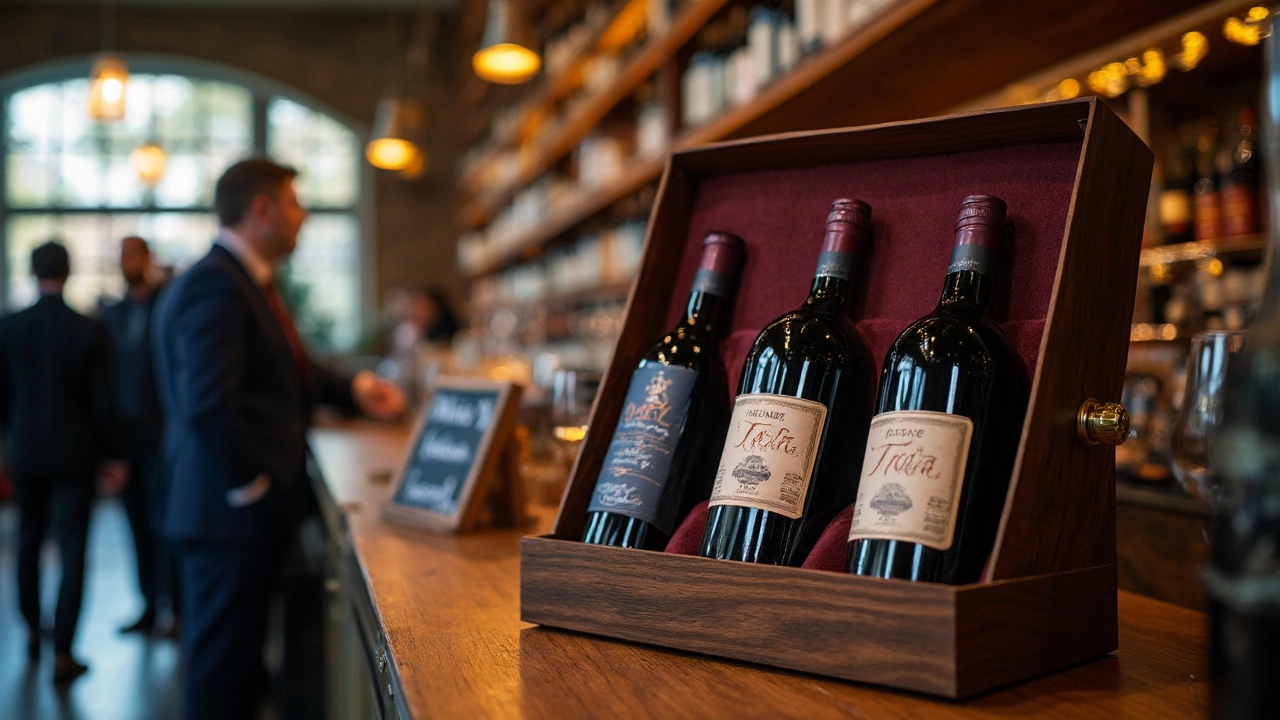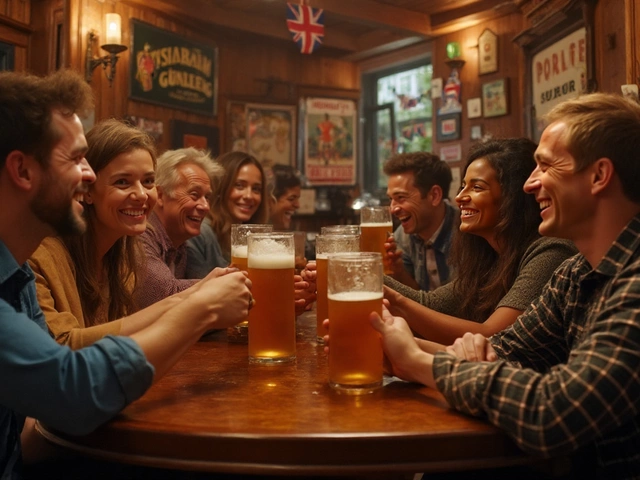Wine Terminology Explained: A Simple Guide for Every Wine Lover
Ever felt lost when a server says the wine is "full‑bodied" or a friend mentions a "tannic finish"? You’re not alone. Knowing the basic words makes tasting more fun and helps you pick a bottle that fits your mood. This guide breaks down the most common wine terms in plain English, so you can talk about wine without sounding pretentious.
Common Tasting Terms You’ll Hear
Body describes how heavy a wine feels in your mouth. Light‑bodied wines (think Pinot Grigio) feel thin and crisp, while full‑bodied wines (like Cabernet Sauvignon) feel rich and almost creamy. Think of it like the difference between skim milk and whole milk.
Tannins are the natural compounds that give red wine a dry, slightly bitter edge. They come from grape skins, seeds, and stems. A wine with high tannins will make your gums feel a bit astringent—similar to drinking strong black tea.
Acidity is what makes a wine bright and lively. High‑acid wines (such as Sauvignon Blanc) taste fresh and make your mouth water, like a squeeze of lemon. Low‑acid wines feel smoother and rounder.
Finish is the flavor that hangs around after you swallow. A long finish means the taste stays with you for several seconds, a sign of quality. If the taste disappears quickly, the finish is short.
Fruit‑forward means the wine’s flavor leans heavily toward fresh fruit notes—like berries, apple, or citrus—rather than earthy or spicy tones. A fruit‑forward wine is easy to drink and often a safe starter choice.
Earthy describes flavors that remind you of soil, forest floor, or mushrooms. These notes are common in Old‑World reds like Chianti and give the wine a rustic feel.
Oaky signals flavors that come from aging in oak barrels, such as vanilla, toast, or spice. Too much oak can mask fruit, so a balanced wine will have a subtle oak hint.
Understanding Labels and Regions
Labels can look confusing, but most of the info is useful. The producer or brand tells you who made the wine. The region (like Bordeaux, Napa Valley, or Barossa) hints at the climate and typical grape varieties used there.
Varietal means the main grape used—think Chardonnay, Merlot, or Riesling. If a label lists multiple grapes, it’s a blend, which can combine the strengths of each variety.
When you see a year, that’s the vintage. It tells you when the grapes were harvested. Good weather in a particular year can make that vintage stand out. If the vintage is missing, the wine is likely a non‑vintage blend, common for sparkling wines.
Terms like Reserve, Grand Cru, or Estate Bottled are marketing cues. Reserve often means the winemaker chose the best barrels, while Grand Cru is a French classification for top‑quality vineyards. Estate bottled means the grapes were grown, harvested, and bottled on the same property.
Finally, look for the alcohol by volume (ABV). Higher ABV (above 14%) often signals a richer, more robust wine, while lower ABV (around 11‑12%) feels lighter.
Knowing these words lets you read a menu, ask smart questions, and enjoy the wine more fully. Next time you’re at a restaurant or wine shop, try picking a bottle based on one or two terms you’ve just learned. You’ll notice the difference instantly, and the experience becomes way more enjoyable.
Ever wondered if there's a special name for three bottles of wine? This article untangles the mystery behind wine groupings and what to call them. We'll break down industry terms and how wineries actually sell multiples. You'll also get some practical tips for picking, storing, and sharing wine trios. Perfect for beginners and anyone who wants to sound like they know their stuff around a tasting table.
View Details

